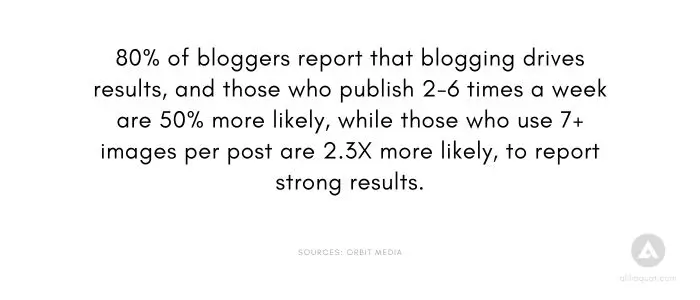With the number of fintech startups continuing to increase, it’s becoming more and more important for them to have a solid growth strategy.
In fact, according to a recent study, over $105 billion was invested in fintech startups in 2020 alone.
Many of these investments were targeted toward accelerating their growth strategies.
However, this raises a major question: what are the most effective fintech growth strategies?
To answer that, let’s take a look at three of the smartest ones.
1. Building a Solid Customer Base
Building out their customer base is one of the most important things fintech startups can do.
To achieve this goal, they need to find creative ways to get their name out there.
Blogging or guest blogging, for example, is a great way to drive traffic back to their website and continue converting customers into loyal users.
Fintech startups should also focus on expanding their audience by promoting themselves to as many people in the fintech industry as possible.
This ensures that they’re reaching a wider range of potential clients and getting their name out there more often.
While writing articles can be a daunting task, it’s an important one for fintech startups who are looking to grow their business.
To make this process easier, there are AI tools available that can assist with content writing.
As of February 2021, there were 10,605 Fintech startups in the Americas region making them one of the creators of the most Fintech startups in the world. In comparison, there were 9,311 such startups in the EMEA (Europe, Middle East and Africa) region and 6129 in the Asia Pacific region.
Source: Statista
2. Designing a User-Friendly App
The fintech industry isn’t all about desktop websites anymore.
90% of millennials are using their mobile devices to do most of their banking and financial transactions on the go.
Because of this shift towards mobile usage, it’s now more important than ever for fintech startups to have a smooth and user-friendly app.
When designing their apps, it’s crucial for fintech startups to prioritize the experience of their customers first.
That means making the app as intuitive and user-friendly as possible.
The best way to do this is by conducting thorough market research in their target demographic, collecting data on what features are most important to them, and creating apps around these needs rather than simply designing something that they’re familiar with themselves.
To get an idea of which features customers are looking for, fintech startups can use tools like Voice of Customer (VoC) surveys and focus groups.
These will allow them to not only capture valuable data but also get an accurate idea of what customers want from their apps as well.
To make the design process easier, there are AI-powered app prototyping tools available in the market.
3. Implementing a Comprehensive Marketing Strategy
The first two growth strategies fintech startups should focus on are targeted toward increasing their customer base.
However, they need to have more than one strategy in place that will allow them to continue growing.
In fact, according to Statista, the global marketing spend by the fintech industry is expected to grow to 23.6 billion dollars by the end of 2021.
While building a strong customer base is important, fintech startups also need to focus on getting more people interested and aware of their brand as well.
That’s why it’s crucial for fintech startups to implement a comprehensive marketing strategy.
One of the most effective ways companies can do this is by implementing an inbound marketing strategy that will allow them to attract more people to their brand through content, SEO, and conversion rate optimization (CRO).
In fact, according to Hubspot, companies that have a documented content strategy experience an average of 13 times more visitors to their website than those that don’t.
By implementing all three components into their marketing plan, fintech startups can not only continue increasing the number of customers they get but also find new and creative ways to engage with these people as well.
To make this process easier, there are AI-powered marketing automation tools available on the market.
Suggested Reading: 8 Free AI Tools For Small Business Social Media Marketing
Conclusion:
Fintech startups looking to expand their business should focus on implementing growth strategies that will continue converting customers into loyal users and expanding their audience by promoting themselves to as many people in the fintech industry as possible.

Ali is a digital marketing blogger and author who uses the power of words to inspire and impact others. He has written for leading publications like Business2Community, Inc. Magazine, and Marketing Profs. When not writing, he enjoys spending time with his family.


